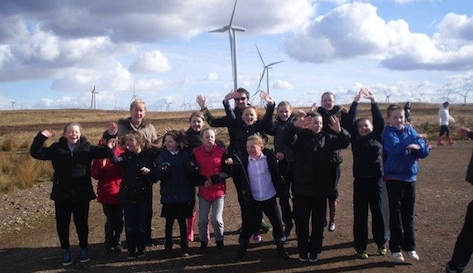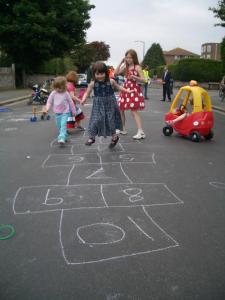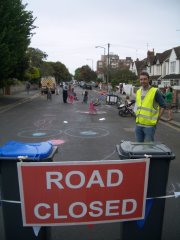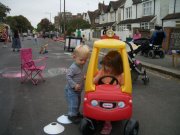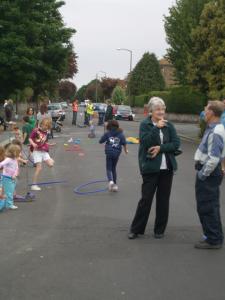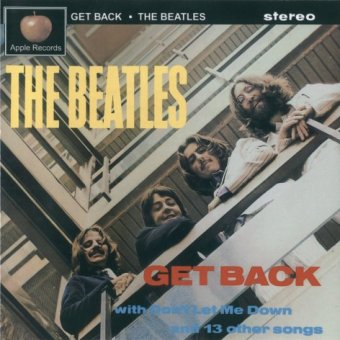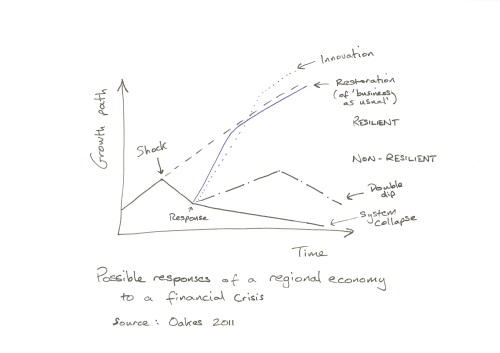It’s been a week of tragi-comic news for Energy Descent Beginners.

An appropriate response to current thinking on UK energy?
Firstly, there’s been the kerfuffle over the Coalition Government’s energy policy, with the proposal that energy companies would be forced to offer their customers the cheapest tariff. There’s been a torrent of criticism over the proposals, although listening to Radio 4’s Today Programme this morning, it was hard to make out any of that criticism in relation to energy security of climate change.
How depressing. Isn’t it amazing how quickly certain issues drop off the agenda in times of economic hardship?
Although many despairing comments have been made about the merits of a free market versus industry regulation, there have also been plenty on the worrying lack of any real strategy from the UK Government, other than winning a few tabloid headlines. Coalition’s energy policy is even more confused than its ‘lowest tariff’ pledge, wrote Michael Jacobs in the Guardian, and went on to make the point that we now need to decide whether we go for a low carbon energy future which addresses climate change, or just carry on ‘business as usual’.
The thing is, sometimes people do have other reasons for choosing a product than just price. How about organic food, or even a fair trade banana? Well, some crazy people choose to source their electricity and gas from companies that deal exclusively with renewable energy.
But, there’s more to this story. We could look back at that cartoon of the ostrich with his head in the sand, or even that old chestnut about re-arranging deckchairs on the Titanic (a personal favourite of mine) and conclude that denial is the big issue here. Denial not just about climate change (which we know, is still a well-documented sport for many), but about being realistic about the UK’s future energy security and the impacts of continued reliance on fossil fuels.
I am continually having deja vu about some of this, thinking back to reading Shaun Chamberlin’s book, The Transition Timeline back in 2010. In fact, I think the ostrich/denial was covered, as was the prospect of ‘Hitting the wall’.

This is the idea that you acknowledge the challenge (e.g. climate change, energy security), but just carry on as before. It is a recognition of environmental challenges, but the dominant mindset states that ‘there is no alternative to business as usual’. Ouch!
Secondly, like a breath of fresh air, was the Independent’s scoop on how scientists have been able to create petrol out of thin air. Hmmm . . . well, on the face of it, brilliant! Taking carbon dioxide out of the atmosphere is clearly a welcome impact, and the whole thing sounds too good to be true. Now, not wanting to be over-critical of the Today Programme, there was a great discussion on this story today. Five litres of petrol have been produced over the past three months in this way, and although the chemistry was mentioned, most focus was on the economics of it. How often do we get net energy discussed on Radio 4?
The process uses renewable energy as fuel to make the petrol, but energy still needs to be expended to create new energy. The costs of doing this might be worth a thought. If it’s not affordable for people it’s going to be a non-starter. If the price of carbon is so high in the future, it might be more viable , said Tom Fieldon, Radio 4 Science Correspondent. ‘Eureka! All our problems solved!’ he said.
Some wag has calculated petrol produced in this way would cost £220,000 per litre. Wow! What sort of future economy are we expecting?
